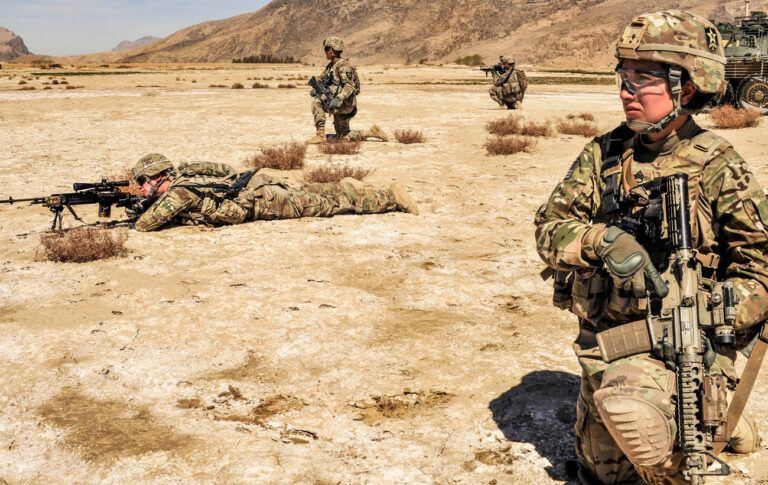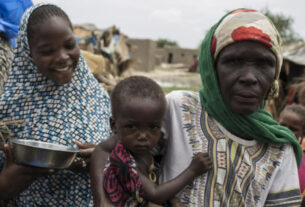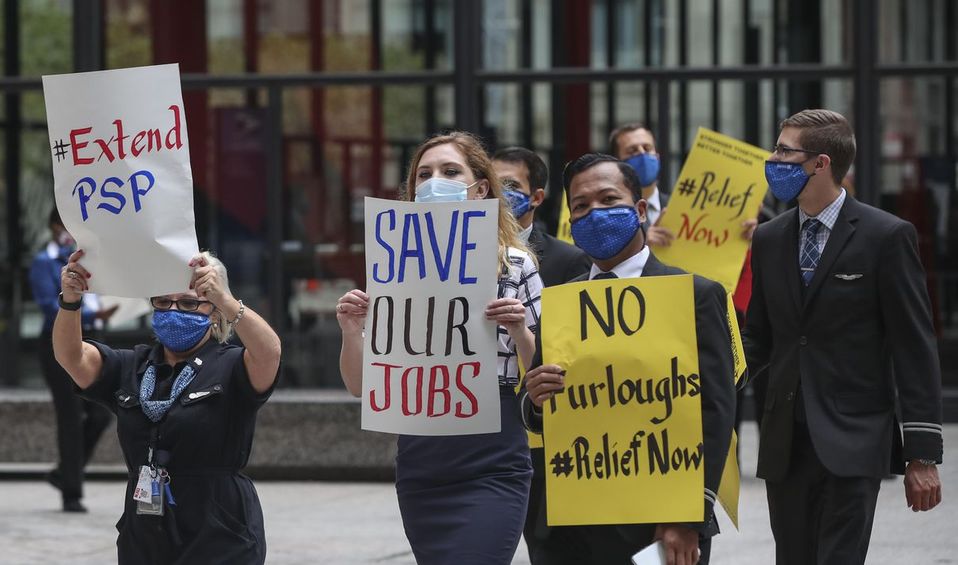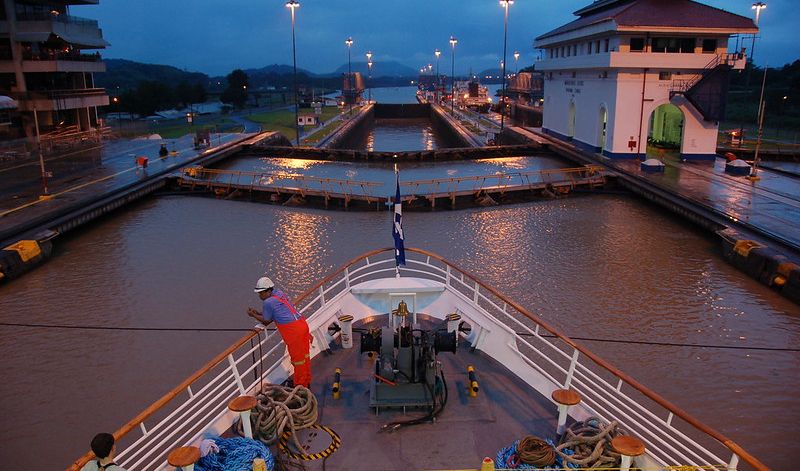Per Olsson is a member of Rättvisepartiet Socialisterna (CWI in Sweden).

After nearly 18 years of devastating war in Afghanistan, the US government has concluded a preliminary settlement with the Taliban which, as a first step, will mean sending home 5,400 US soldiers within 135 days. In exchange, the Taliban is said to have promised that Afghanistan would not become a haven for terrorists.
However, it is still a long way to peace in Afghanistan and on September 7 US President Trump halted the secret meeting that would have been held with the Taliban and the Afghan government at the President’s country retreat, Camp David.
Trump claimed he cancelled the meeting in response to the terror attack in the Afghan capital, Kabul, on September 5. But the real reason is the opposition that the preliminary settlement has met from parts of the White House and from the Afghan government, who have not been present during the talks with the Taliban.
Throughout the nine rounds of negotiations between the Trump administration and the Taliban in Qatar’s capital, Doha, violence has escalated in Afghanistan. The US has stepped up its bombing war while the Taliban has stepped up its terror attacks against the cities and also tried to gain ground in the country’s northern regions. The escalation in hostilities, which has been used by both sides seeking to strengthen their own positions in the negotiations, has killed or injured at least 4,000 civilians this year, and July was one of the bloodiest months ever in Afghanistan.
Despite the violence that has surrounded them, the negotiations have continued since the United States is seeking a path away from its failure in Afghanistan. Trump is anxious for the withdrawal of troops to begin well in advance of next year’s presidential election.
The war in Afghanistan turned into a disastrous failure for US imperialism and its allies, including Sweden who contributed troops to the war. When the US-led invasion of Afghanistan began in autumn 2001, it was supported by all of the parties in the Swedish parliament. The Left Party (former CP) was no exception.
Through its military superiority, the US-led coalition was able to quickly take over the country and overthrow the Taliban government in Kabul, prompting US imperialism to declare that the war had been won. “We have defeated the Taliban,” exclaimed then-President George W. Bush in July 2002. But the Taliban remained, and after regrouping and with new recruits, the various Taliban groups once again began to conquer the countryside. And the longer the war went on, the clearer it was that US imperialism was fighting a war that could not be won.
The war in Afghanistan became both the longest and one of the most costly that the United States has fought. Despite military superiority and at its height, 100,000 soldiers in Afghanistan (in 2011), as well as the thousands of billions of dollars that have been spent, imperialism has never been able to win peace, and in recent years, the situation has steadily deteriorated, forcing US imperialism into an exit strategy.
The war’s violence and terror have killed close to 40,000 innocent civilians since 2001 and millions have been forced to flee their homes.
Last year, the war in Afghanistan became the world’s bloodiest conflict and the country replaced Syria as the least peaceful country in the world.
Following its military successes in 2001-2002, the United States and its allies promised that Afghanistan would become a democracy and be built up, and several aid projects were launched. However, many of the aid pledges never came to fruition and aid has been gradually reduced. In addition, the aid sent has been considerably less than the huge sums spent on building up an Afghan army and police force.
According to the Wall Street Journal, the United States had, on May 1 last year, spent at least $78 billion on creating an Afghan army, which should be compared with total aid to Afghanistan between 2001 and 2016 which is estimated at $61 billion ($10 billion less than donor countries promised).
But although “Afghanistan has been drowned in money since 2001, poverty has not decreased, but rather increased. According to the World Bank, the poor made up of 51.4 percent of the population in 2003. As late as spring 2018, it was 54.5 percent,” wrote the Swedish Afghanistan Committee (SAK) at the beginning of the year. SAK, together with the aid and charity organisation, Oxfam, has examined the mainly donor-controlled aid that has been used to lubricate foreign companies and consultant salaries and, not least, corruption.
Since 2013, the Afghan economy has been stagnant and GDP growth is lower than population growth. 42% of Afghanistan’s young people (between the ages of 15-24) do not have a job, internship or attend school.
Afghanistan is not a democracy, but a country in the hands of the United States and other major powers’ puppets, drug barons and warlords. The country’s so-called government and institutions are steeped in corruption and nepotism. The government lacks all legitimacy and fears, not without reason, that an agreement between the United States and the Taliban will be the beginning of the end.
The war, the violence, the foreign troops as well as the Taliban and other reactionary, armed groups prevent the masses’ independent organisation and struggle, which is a prerequisite for democracy and the country’s liberation.
In recent years, conditions and the security situation in Afghanistan have steadily deteriorated. Food supply is extremely uncertain for about 13.5 million of the country’s inhabitants – 6 million more than in 2017. Over 3 million people are threatened by starvation. Only in Yemen – the world’s worst humanitarian disaster right now – is food security more uncertain.
“But seventeen years and almost $2 trillion later, the country is still in turmoil as the Taliban maintains its grip on almost 60 percent of the country, the most territory it has controlled since 2001. Afghanistan is still ranked the worst place in the world to be a woman…an estimated two-thirds of Afghan girls do not attend school,” wrote Time Magazine late last year. In some areas, 90% of girls have no schooling.
Over the course of the US-led occupation, Afghanistan has increasingly become an opium economy. Opium production has doubled and over the same period of time, the area of arable land used for cultivating opium poppies, from which opium is extracted, has quadrupled. Afghanistan accounts for over 90% of total opium production in the world and an increasing proportion of opium production is now being converted into heroin within the country’s borders.
This is even though, according to its own data, the United States has spent $1.5 million per day since 2002 on fighting opium and drug trafficking.
In all areas, the US war is a failure. Constant violence and extreme poverty have created conditions that can only be described as an endless nightmare. Last year, 11,000 civilians were killed and wounded, twice as many as nine years ago.
At the same time as the war in Afghanistan has harmed more and more civilian victims, especially children, and the humanitarian catastrophe has worsened, the number of forced deportations from Europe and elsewhere is increasing, and more and more Afghan refugees are denied asylum. The number of forced deportations from Sweden to Afghanistan has more than doubled since 2016. This year, more people than ever have been deported. Afghanistan is not safe, not least for children and young people and especially not for girls.
In May this year, the UN Children’s Fund, UNICEF, warned that the war and the growing number of school attacks have forced 1,000 schools to close in 2018. Furthermore, the “worsening insecurity, high rates of poverty and persistent discrimination against girls caused the rate of out-of-school children to increase last year for the first time since 2002.”
“Children and young people who are returned to Afghanistan face an extremely dangerous environment. Many of those who have returned live a very isolated life, they run the risk of being subjected to violence, being recruited to armed groups and many completely lose the opportunity for schooling,” according to Rädda Barnen of Save the Children.
If an agreement is reached between the United States and the Taliban, it will be used by the Swedish and other European governments to tighten their already inhumane refugee policies; an excuse for more and faster deportations.
But the proposed agreement is not a peace agreement, but an agreement the US has signed in order to leave an Afghanistan that has been thrown into a spiral of violence.
Under the agreement, an American exit is to be accompanied by negotiations between the Taliban and the Afghan government on the country’s future, but the outcome of these negotiations will not be decided in talks, but on the battlefield and through continued war.
It is the Taliban who now control more territory than at any time since the 2001 invasion and has established its own power structures in these areas in preparation for a return to power that feels it has the upper hand, not the forces of the government.
The Afghan government army, which has lost close to 60,000 men since 2014 and who, according to the United States and the Pentagon, is on the defensive, is now weaker and has fewer soldiers than at any time since it formally assumed responsibility for the country’s security in 2015.
The escalated war that has surrounded the agreement gives a picture of what threatens when terrorist armies and warlords, supported by various imperialist powers, go on the offensive to strengthen their position at the expense of the masses in advance of an eventual future ceasefire and negotiated division of the country.
Peace in Afghanistan can only be possible if the poor and working people, together with the oppressed in the rest of the region, begin to unite in a common struggle against war, terror, capitalism and imperialism.
The road to this may seem long and unattainable, but it is only then that a counterforce can be built that can stop Afghanistan’s development towards a continued bloody disintegration and the barbarism that US imperialism has left behind.
The CWI says:
- Stop the war and the occupation of Afghanistan. Immediate withdrawal of all foreign forces. The Afghan people must decide their own future.
- Full support to any attempts to build a mass movement in Afghan and a defence force that can unite the masses in a common fight against oppression, terror and violence.
- Fight for the unification of Afghanistan and neighbouring countries into a voluntary democratic and socialist federation.
- Stop deportations to war-torn Afghanistan. Reinstate the right to asylum.
- Global struggle against the plunder and militarism of imperialism.
- Build a mass movement against terror and violence – for a socialist world of peace and freedom.



